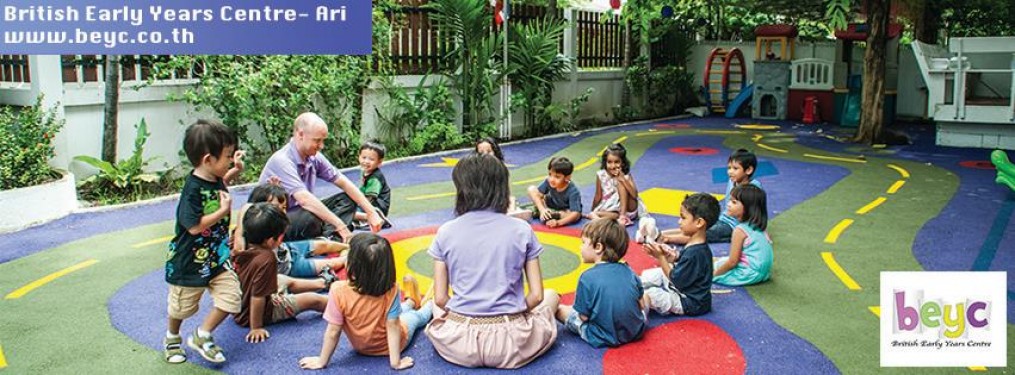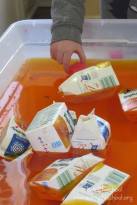It may be have been around for over 2 decades and look a little dated but the Jolly Phonics’ Songs as a Synthetic Phonics teaching aid is impressively reliable. I can not say the same for the actual Jolly Phonics teaching scheme however.
Having trained in Early Years in the U.K. at the same time that Letters and Sounds was released (2007) I haven’t looked back. In fact our school curriculum has taken this scheme even further as the authors seem to lose a bit of steam and passion at Phases 5 and 6. Ideas for teaching activities are a little scarce and unimaginative.
The beauty of a scheme such as Letters and Sounds is that it is more of a framework to work by. And whilst ideas for activities are suggested, they don’t allow teachers to fall into the trap of religiously following someone else’s lesson plans, that are not tailored to the individuals in their class.
Jolly Phonics is such a synthetic phonics scheme. It is really designed for the laziest of teachers. Daily worksheets are used to support and extend unimaginative lessons. Lessons quickly become dull and monotonous and only a small percentage of a class is really enthused by the humdrum structure of the teach / practice phase.
Whereas the Letters and Sounds approach, might have children practicing writing in the ‘y’ sound in actual yoghurt or searching for ‘s’ words on coins, buried in the sand pit, with a metal detector. The possibilities are endless. It doesn’t take much to work out which type of lesson will have more of an impact on a child’s learning.
At the moment we are always taking the children outside and using the playground and outdoor equipment to create games. Our teachers use the toys and games that the children love playing with and add sounds or tricky words in some way. ‘Phonics Raceway’ is a current favourite with our Reception children. The children drive the toy cars around our racetrack and must stop at the signposts to read words that are levelled and graded for the various ability groups in the class.
I do have to concede however, that the Jolly Phonics ‘Songs’ still continue to impress me for their longevity and resilience. There aren’t many teaching resources that have stood the same test of time. Especially when you consider the new technologies that have emerged in the last decade alone. But if you stop to think about it, and just why they might have continued to be so popular amongst young children for so long, it is really rather obvious. The original idea is amazing. Take traditional and well known children’s rhymes, make up a short verse for audio learners and then add an action to each song to appeal to visual learners. Job done. If only there was a tactile element to the resource!
It is surprising however, that this idea has not been developed and redesigned a little in the last 20 years. The resources that support the songs have not changed since their initial conception. I really believe there is a very big opportunity out there for someone to come along and give the whole scheme an overhaul; the images and pictures, characters, workbooks (if you use them) The potential for success is huge. Especially when you consider the vast number of both English speaking and non-English speaking countries that use Jolly Phonics worldwide.
Some might argue that its successor has already arrived. And I would have to agree. However ,until every classroom around the world is equipped with an interactive whiteboard, a T.V. or a full set of tablets for the children, ‘Alphablocks’ simply can not take the No. 1 spot as a phonics teaching support resource.
Once that does happen however, world wide literacy levels will surely explode.
For now, I consider myself very lucky that our school, is well equipped. My students get to see the best visual presentation for reading that any teacher could hope for. An animated episode that links directly to the daily teaching objective. Simply put, it’s genius!



